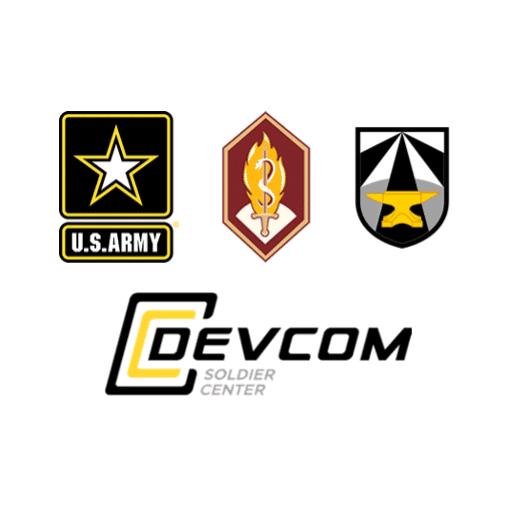DEVCOM Solider Center & MRDC: Optimizing the Human Weapon System
Staying Connected Under Isolating Conditions

Introduction
The US Army Futures Command’s Combat Capabilities Development Command (DEVCOM) Soldier Center provides Soldier-related research, development, testing, and evaluation of science and technology solutions. Established in 1954 and comprised of scientists, engineers, technologists, and equipment designers, their goal is to field-test innovations and develop rollout strategies to optimize Soldier performance. They proudly say that “if Soldiers wear it, eat it, sleep under it, or have it airdropped to them in theater, it can be traced back to the DEVCOM Soldier Center.”
The Optimizing the Human Weapon System (OHWS) is a partnership between DEVCOM Soldier Center, the 10th Mountain Division (LI), the Army Medical Research and Development Command (MRDC), and the Army Holistic Health and Fitness (H2F) system.
Key Takeaways

The Opportunity
The DEVCOM Soldier Center, in support of and resourced by Medical Research Development Command (MRDC), and working with the 10th Mountain Division, launched the Optimizing the Human Weapon System (OHWS) project in response to the COVID-19 pandemic. The goal was to collect wearable and self-reported data to monitor and mitigate the spread of illness amongst Soldiers.

The Challenge
In the initial pilot, the OHWS needed to determine the feasibility of screening 560 total Soldiers across an infantry battalion for illness and triaging when suspected cases occurred. This required the efficient, accurate, and secure capture and deidentification of Soldier data. The data needed to be disseminated and presented to the various levels of unit leadership in a meaningful way to inform decision making and change behavior.

The Solution
The OHWS used Smartabase, a Tactical Human Performance Platform, to collect, centralize, and analyze health and performance data. Mobile forms were used for daily wellness questionnaires while seamless integrations captured biometric data from Polar watches and Oura rings. Personalized dashboards presented data to Soldiers and leadership while educating them on the value of the wearables and how their choices, habits, and behaviors impact physiology.

The Impact
While the OHWS research project was specifically focused on monitoring susceptibility to illness, they also found that military leadership was better able to stay connected with their Soldiers, especially when on deployment where conditions can be isolating. The project helped the DEVCOM Soldier Center better understand how objective and subjective data can be combined to help leaders keep a pulse on their fighting force. The impact of the OHWS work reinforced the fact that the Human is the #1 capability the Army should invest in.
